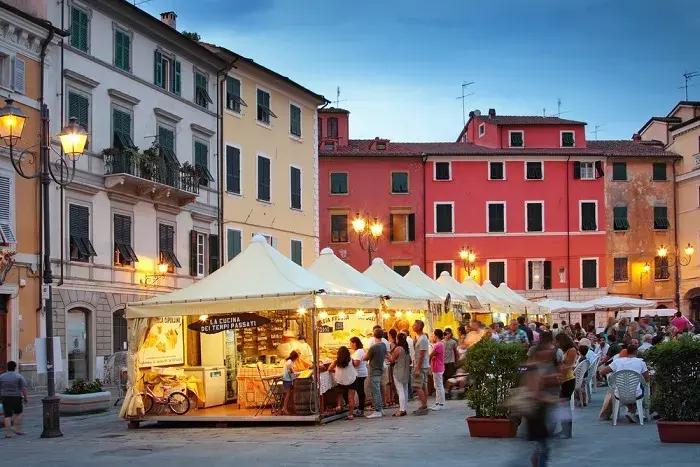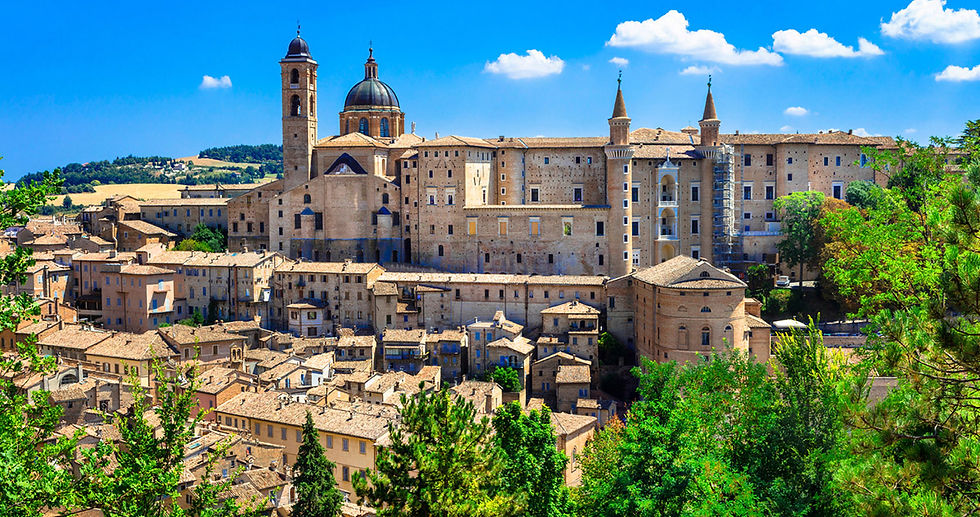A Guide Local Festivals and Traditions in Italy
- Luigi Ranieri
- Jul 17
- 3 min read
Italy, a country steeped in history and vibrant culture, is home to a myriad of local festivals and traditions that offer an unparalleled insight into its diverse regions. These celebrations are not just events; they are living testaments to centuries of customs, beliefs, and community spirit. To truly experience the hidden gems of Italy, immersing yourself in these unforgettable gatherings is a must.

Why Explore Italian Festivals?
Italian festivals are a kaleidoscope of sights, sounds, and tastes. They bring to life ancient rituals, showcase exquisite craftsmanship, celebrate religious devotion, and, of course, feature delectable regional cuisine. Attending these events allows you to:
Connect with the Local Soul: Engage directly with Italians, witnessing their passion for their heritage and perhaps even joining in the festivities.
Experience Authentic Traditions: Discover customs deeply rooted in the community's identity, often preserved for generations.
Savor Regional Flavors: Many festivals revolve around food and wine, providing an excellent opportunity to taste unique local specialties.
Witness Spectacular Pageantry: From historical reenactments and colorful parades to breathtaking fireworks, Italian festivals are often visually stunning.
Support Local Communities: Your presence helps sustain these vital cultural expressions and the economies that thrive around them.
Key Italian Festivals You Shouldn't Miss
Here are some of Italy's most iconic festivals, along with when and where you can experience them:
Carnevale di Venezia (Venice Carnival)
When: Annually, leading up to Shrove Tuesday (Martedì Grasso), typically in February or early March. The main events usually span about two weeks before Lent.
Where: Venice. Celebrations take place across the city, with major events centered around St. Mark's Square (Piazza San Marco), the Grand Canal, and various smaller squares and palaces. The atmosphere is pervasive throughout the city.
What: World-famous for its elaborate masks, opulent costumes, and mysterious atmosphere. Expect masquerade balls, street performances, and boat parades along the canals.
Palio di Siena
When: Twice a year, on July 2nd (Palio di Provenzano) and August 16th (Palio dell'Assunta). The events leading up to the race (trials, blessings, historical parades) occur over the preceding three days.
Where: Piazza del Campo, Siena, Tuscany.
What: A thrilling bareback horse race where ten of Siena's 17 contrade (city districts) compete for the coveted "Drappellone" (banner). It's a deeply felt and intense historical competition, complete with elaborate historical parades.
Battaglia delle Arance (Battle of the Oranges)
When: During the Carnival period, typically over the three days leading up to Shrove Tuesday (Martedì Grasso), usually in February or early March.
Where: Ivrea, Piedmont. The "battle" takes place in the main squares of the city.
What: Italy's largest food fight, a chaotic and exhilarating reenactment of a medieval revolt against a tyrannical ruler. Teams throw oranges at each other, representing the people's rebellion against the tyrant's guards. Protective gear is often recommended for spectators.
Infiorata di Noto
When: Annually on the third Sunday of May. The intricate floral carpets are typically laid out over the preceding days.
Where: Via Nicolaci, Noto, Sicily.
What: A stunning display of artistry where the entire street of Via Nicolaci is transformed into a vibrant tapestry of flowers, forming intricate designs and mosaic-like patterns. It's part of the "Baroque Spring" event celebrating the city's UNESCO World Heritage Baroque architecture. Similar "Infiorata" festivals also occur in other Italian towns like Genzano (Lazio) and Spello (Umbria) around Corpus Christi (late May/early June).
Festa di San Ranieri (Feast of Saint Ranieri)
When: Annually on June 16th (Luminara di San Ranieri) and June 17th (Palio di San Ranieri).
Where: Pisa, Tuscany, along the Arno River.
What: A spectacular two-day celebration honoring Pisa's patron saint. On the evening of June 16th, the "Luminara," thousands of candles illuminate the facades of the buildings along the Arno, creating a magical glow. The following day, the "Palio di San Ranieri" sees a historical regatta on the river with four traditional boats representing the city's ancient quarters.
By making an effort to seek out and participate in local festivals and traditions, you’ll transform your trip from a simple vacation into a profound cultural journey. These are the moments that truly define a destination and create lasting memories.





Comments